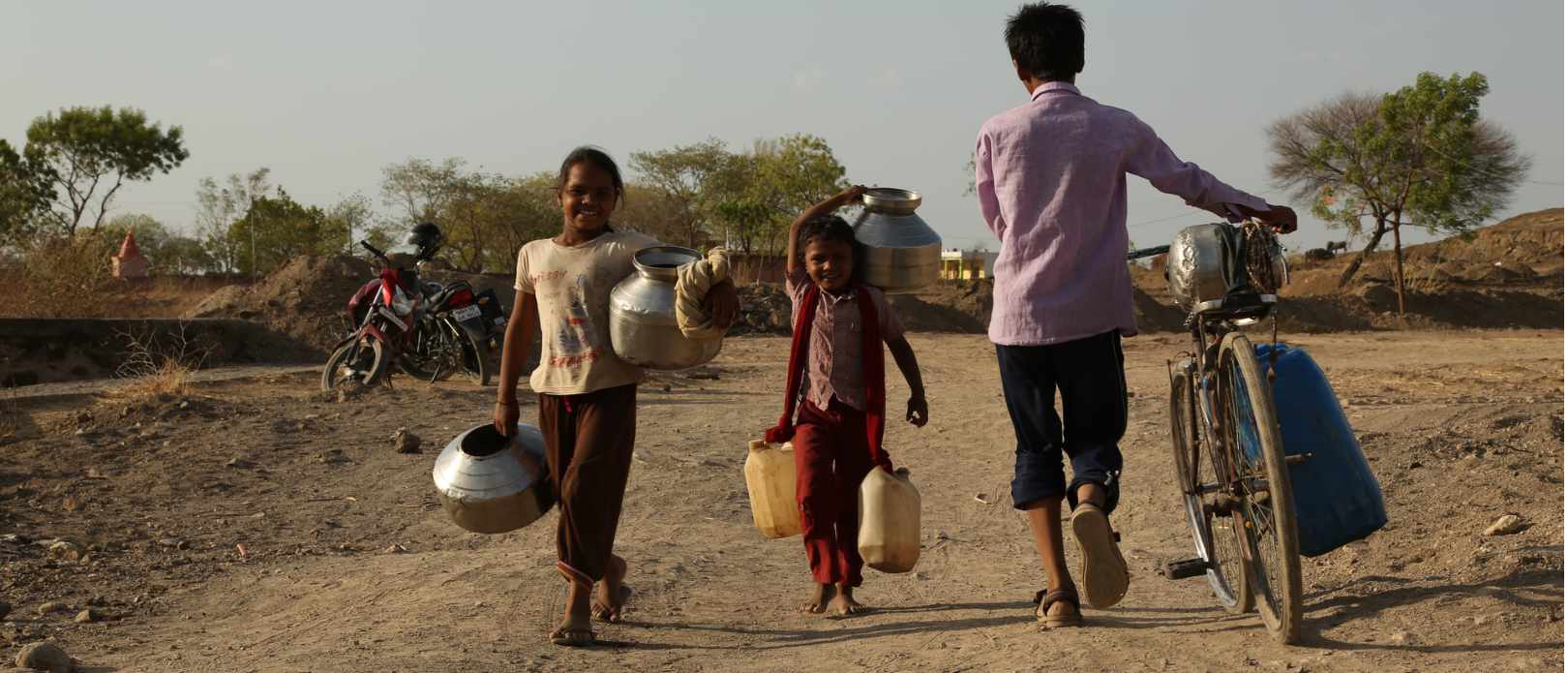Investment in resilient food systems in the most vulnerable and fragile regions is critical
Summary
Reversing the alarming trend of rising food insecurity requires transformations towards just, sustainable and healthy food systems with an explicit focus on the most vulnerable and fragile regions.
Global food insecurity fell for decades, but it is steadily rising again1. A primary driver of this alarming trend is the double burden of climate shocks and violent conflict in areas that are already food insecure. The recent COVID-19 crisis is exacerbating this trajectory1.
Bending the curve of rising food insecurity while achieving global climate and sustainability targets (for example, the Sustainable Development Goals (SDGs)) and remaining within planetary boundaries will require a fundamental transformation of the global food system2. The need for transformative change is widely accepted, but how it will play out in vulnerable contexts is far less explored.







